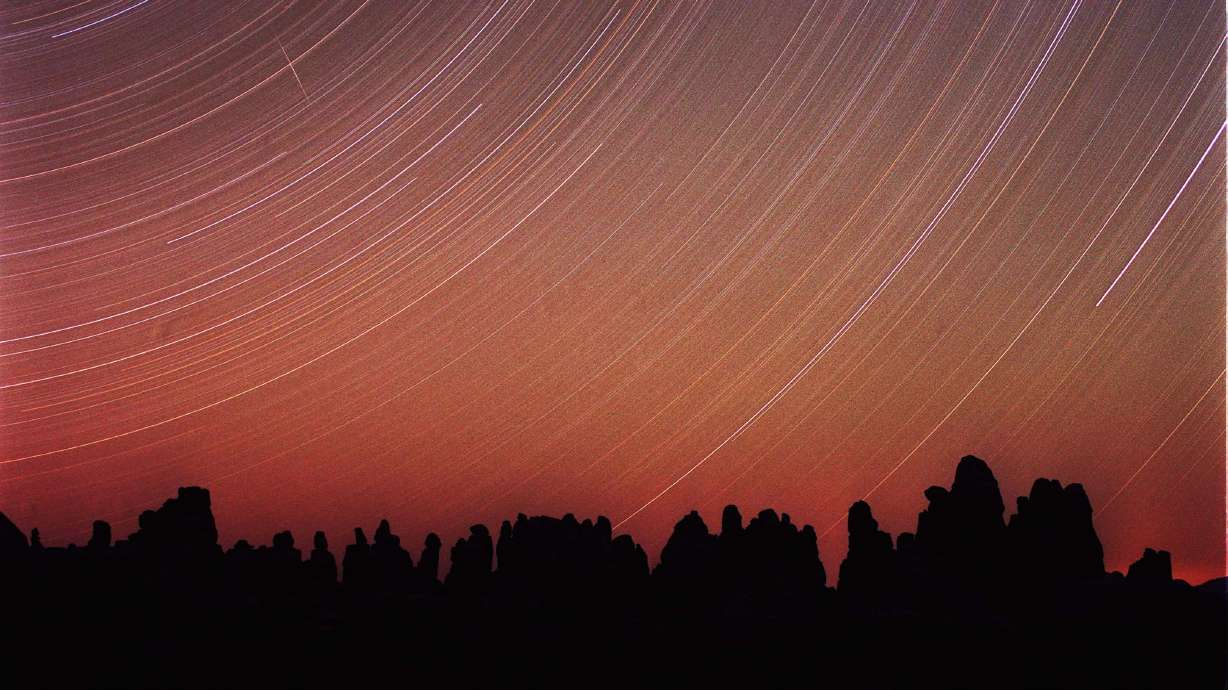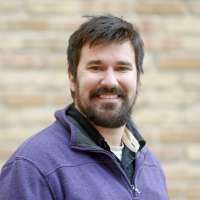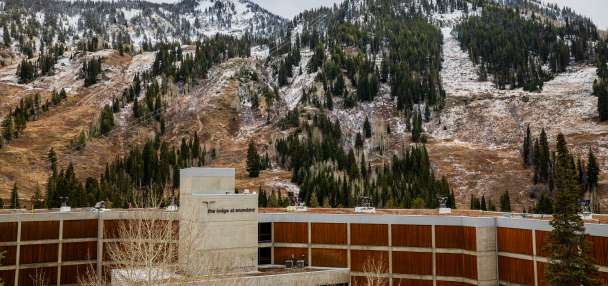Estimated read time: 3-4 minutes
This archived news story is available only for your personal, non-commercial use. Information in the story may be outdated or superseded by additional information. Reading or replaying the story in its archived form does not constitute a republication of the story.
SALT LAKE CITY — Bettymaya Foott's career path in astrophotography began early with her fascination with her home state's dark skies.
"Growing up in Utah, I always looked up at the dark skies in wonder and awe," said Foott, who now serves as the director of the engagement for the International Dark-Sky Association, in a statement Friday. Her work photographing night skies has been featured by National Geographic, Sky and Telescope and the Los Angeles Times.
She's now hoping that others will feel equally inspired as the organization holds its third-annual Capture the Dark photography contest. The Dark-Sky Association is partnering with the Utah Office of State Tourism, resulting in a special category just for Utah's dark skies.
"This is a unique opportunity to invite photographers of all ages and skill levels to come to Utah to capture the beauty of the night sky," said Bianca Lyon, the state tourism office's community and partner relations director.
The contest, which began last week, has nine categories; eight are open to photos of the night sky taken anywhere across the globe.
- Connecting to the Dark: A photo of the natural night that provides "perspective, inspiration and leads us to reflect on our humanity and place in the universe."
- International Dark Sky Place: A photo of the night sky from one of the 170 protected lands and municipalities around the world certified as an International Dark Sky Place.
- The Impact of Light Pollution: A photo of "terrible lighting, glare bombs, etc." that illustrates light pollution and its impacts on the environment.
- The Bright Side of Lighting: A photo of lighting that follows the association's principles for outdoor lighting.
- Creatures of the Night: A photo of wildlife, including amphibians, birds, insects and mammals in the night, impacted by light pollution.
- Deep Sky: A photo illustrating deep space objects.
- The Mobile Photographer: A photo shot from any of the categories taken either by cellphone, tablet or GoPro. Photos taken from a DSLR, mirrorless or drone camera aren't allowed.
- Youth: A photo of any of the categories taken by someone 17 years old or younger.
The ninth and final category is a photo taken of the night sky from anywhere in Utah, which is home to 24 total communities, parks or other designated dark sky spaces, including all five of its national parks. The Beehive State has the most designated dark sky areas in the world.
Gov. Spencer Cox has twice designated April as Utah Dark Skies Month, and the Utah Legislature even passed a bill this year that allows for the creation of a dark sky specialty license plate. So, it makes sense that Utah has its own category.
"Utah is home of some of the darkest skies on Earth and currently leads the world in dark sky preservation," Cox's latest declaration, issued on April 1, reads, in part.
Not only is the preservation of these night skies protective for people and the entire rural ecosystem, but the governor also noted that interest in dark skies is believed to generate over 113,000 new jobs and close to $6 billion in astrotourism spending just in the American Southwest.
The Capture the Dark Sky Photography Contest continues through July 21. The winners, which will be announced on Aug. 30, will be selected by a class of professional astrophotographers. All nine winners will have their photos featured in the association's "Nightscape" publication, as well as on social media. They will also receive apparel items from the association and Visit Utah, as well as a camera bag.
There will also be a "People's Choice Award" winner based on a public vote, who will also receive a $250 gift card to B&H Photo Video.










